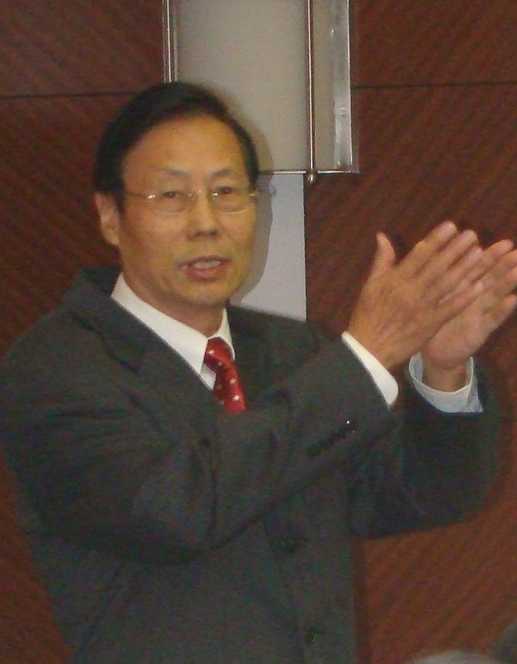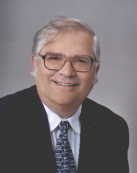Conducting a Crucial Experiment of the Constancy of the Speed of Light Using GPS: Comments on Ashby's ?Relativity and the Global Positioning System?
Year: 2002 Pages: 6
Keywords: Speed of Light, GPS, Ashby, Relativity
Proceedings of the ION 58th Annual Meeting & CIGTF 21st Guidance Test Symposium, 24-26 June 2002, pp 495-505. Contrary to the assertion of Special Relativity, the speed of light is not always constant relative to a moving observer. The Global Positioning System (GPS) shows that the speed of light in the Earth Centered Inertial (ECI) non-rotating frame remains at c relative to the frame?but not relative to an observer or receiver moving in that frame. When a GPS receiver changes its translation speed relative to the ECI frame, the speed of light measured relative to the receiver changes. A crucial experiment of the constancy of the speed of light relative to a moving receiver could be conducted in the following way: Let two GPS satellites and two airplanes be positioned in a straight line. Let the two airplanes travel at the same speed directly toward one of the two satellites and directly away from the other satellite. The travel time differences of GPS signals arriving at the two airplanes is measured and recorded with the airplanes flying first toward one of the satellites and then flying the opposite direction toward the other satellite. The travel time differences obtained as the airplanes fly in opposite directions are compared. If the travel time difference is the same when the velocity of the airplanes is changed, then the speed of light is indeed constant relative to the moving airplanes, otherwise it is not. The calculation using the GPS range equation and the results of a Real-Time Kinematic (RTK) differential GPS test have shown that the constancy of the speed of light relative to moving airplanes is not correct. The change of the time difference could reach about 10 ns for subsonic airplanes and 30 ns for supersonic airplanes. The result of this crucial experiment is not only important scientifically, but also indicates the possibility of a new way to directly measure vehicle speed relative to the ECI frame.



